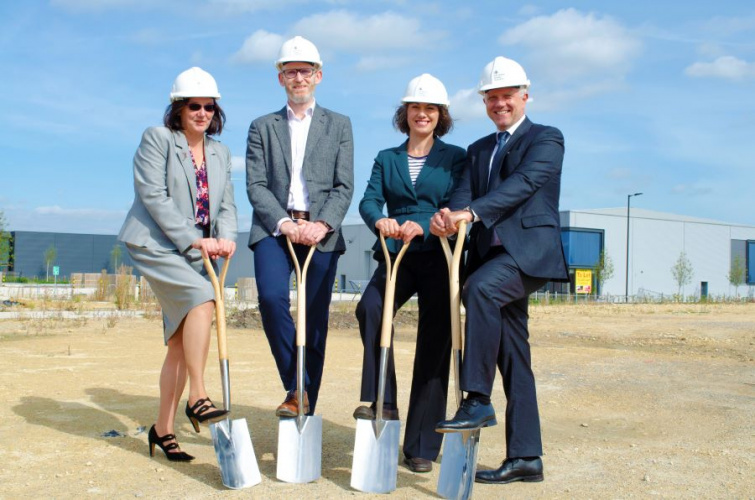
Located in the town’s Advanced Manufacturing Park, the facility’s core role will be to develop and test joining technologies for fusion materials and components, including novel metals and ceramics. These will then be tested and evaluated under conditions simulating the inside of a fusion reactor such as high-heat flux, vacuum and in strong magnetic fields. Funding will come primarily from the Government’s Nuclear Sector Deal, with an additional £2m being provided via Sheffield City Region’s Local Growth Fund.
Tracing the sources of nuclear fusion
Beyond ITER – next steps in fusion power
First Light working with UKAEA on “fusion island” concept
“Momentum is growing in fusion research and we believe the opening of this facility in South Yorkshire represents a practical step towards developing power plants,” said Colin Walters, director of the National Fusion Technology Platform at UKAEA.
“This facility will provide fantastic opportunities for UK businesses to win contracts and put UKAEA in a great position to help deliver the necessary expertise for the first nuclear fusion power stations.”
According to the UKAEA, those opportunities include competing for contracts at the ITER fusion project in southern France. The organisation claims that the 25,000 square foot Rotherham facility will support 40 high-skilled jobs directly as well as supporting the supply chain of specialist materials providers. Collaboration with research bodies including the University of Sheffield Advanced Manufacturing Research Centre (AMRC) and the Nuclear Advanced Manufacturing Research Centre (NAMRC) will also be a focus.
"We're delighted to welcome UKAEA to the Advanced Manufacturing Park, and to the Sheffield region's world-leading cluster of applied innovation,” said Andrew Storer, chief executive of the Nuclear AMRC. “We look forward to working with UKAEA at their new facility to develop manufacturing techniques for fusion power plants and help UK manufacturers win work in this growing global market.”
"This development has the potential to create many jobs in the local supply chain as fusion technology matures. This is a huge deal for Sheffield and the North, and we are really pleased to have played a part in this and to be working with UKAEA."




Glasgow trial explores AR cues for autonomous road safety
They've ploughed into a few vulnerable road users in the past. Making that less likely will make it spectacularly easy to stop the traffic for...